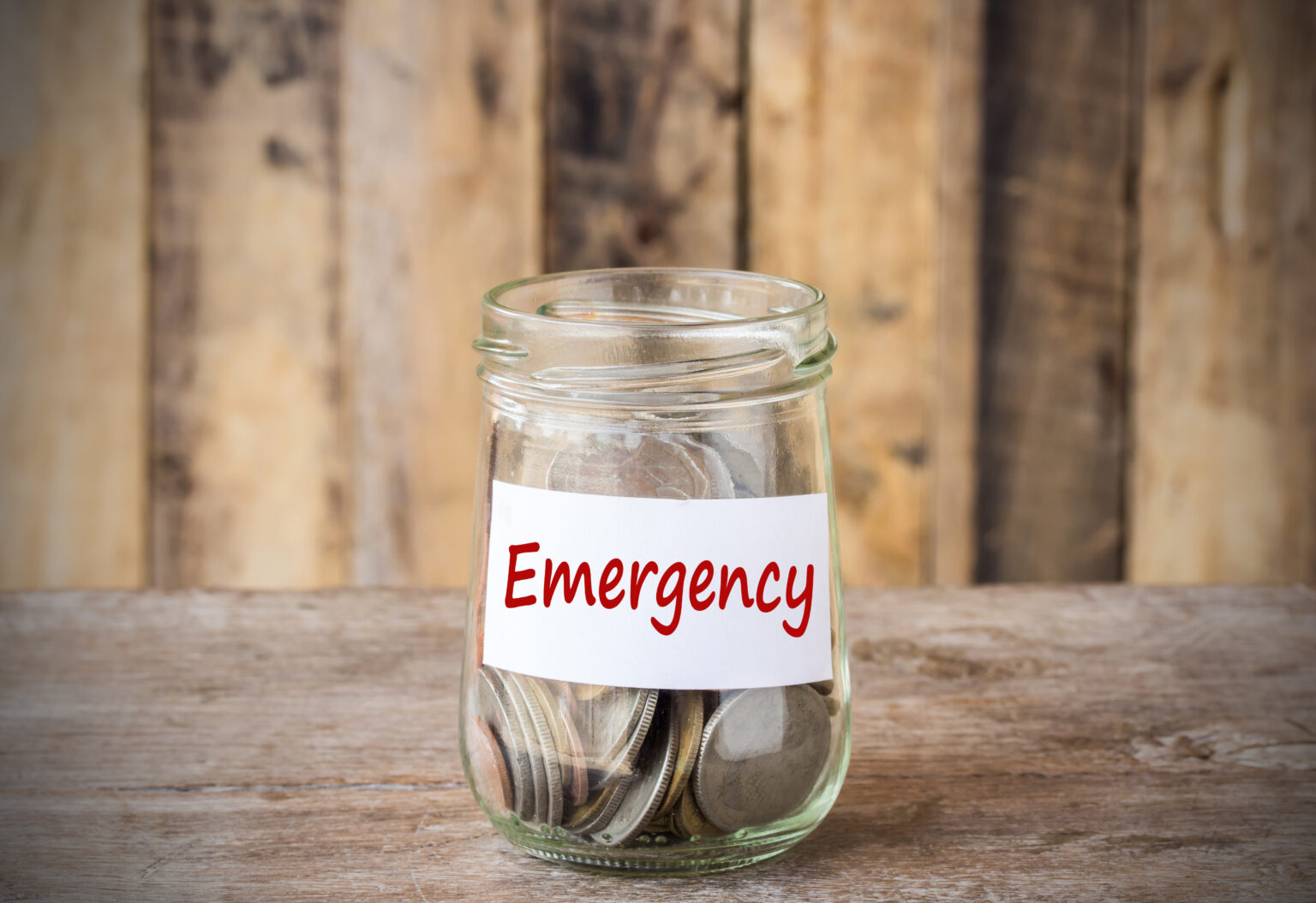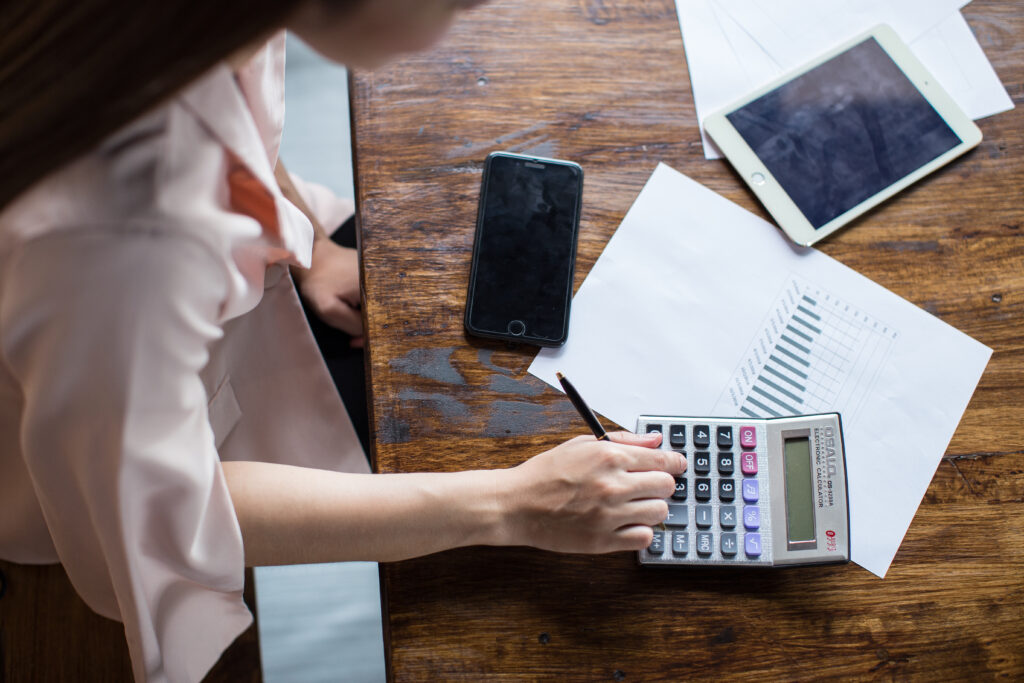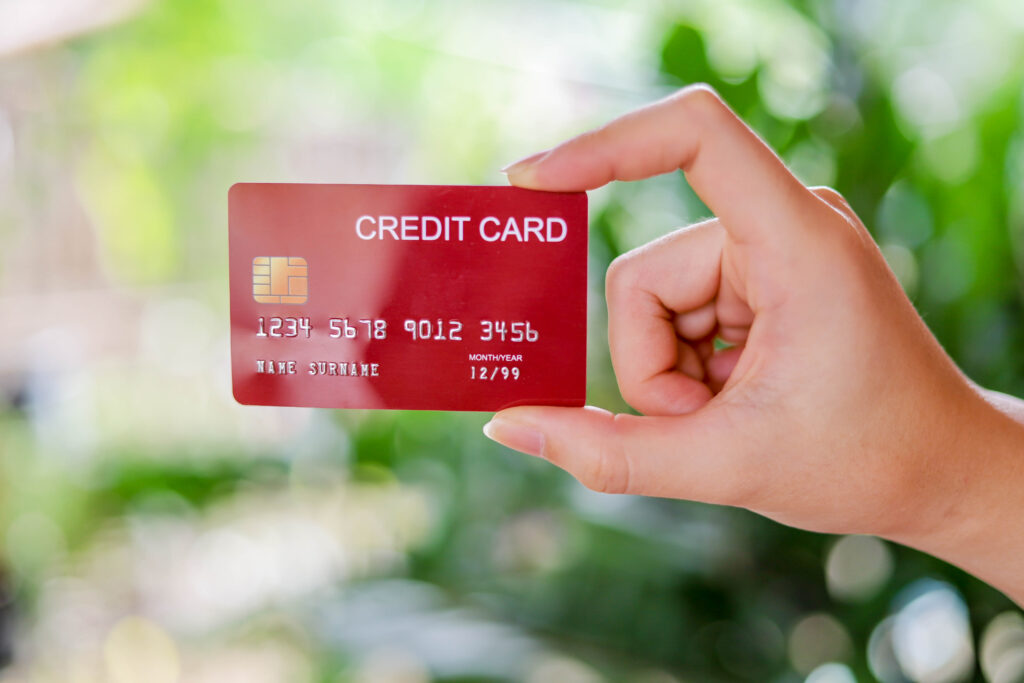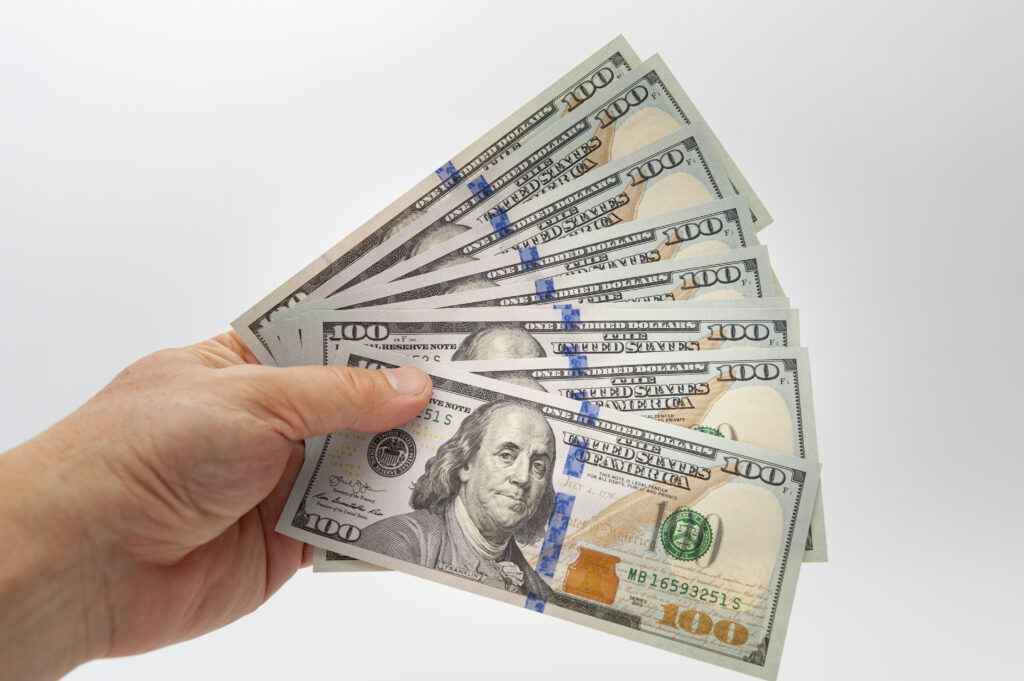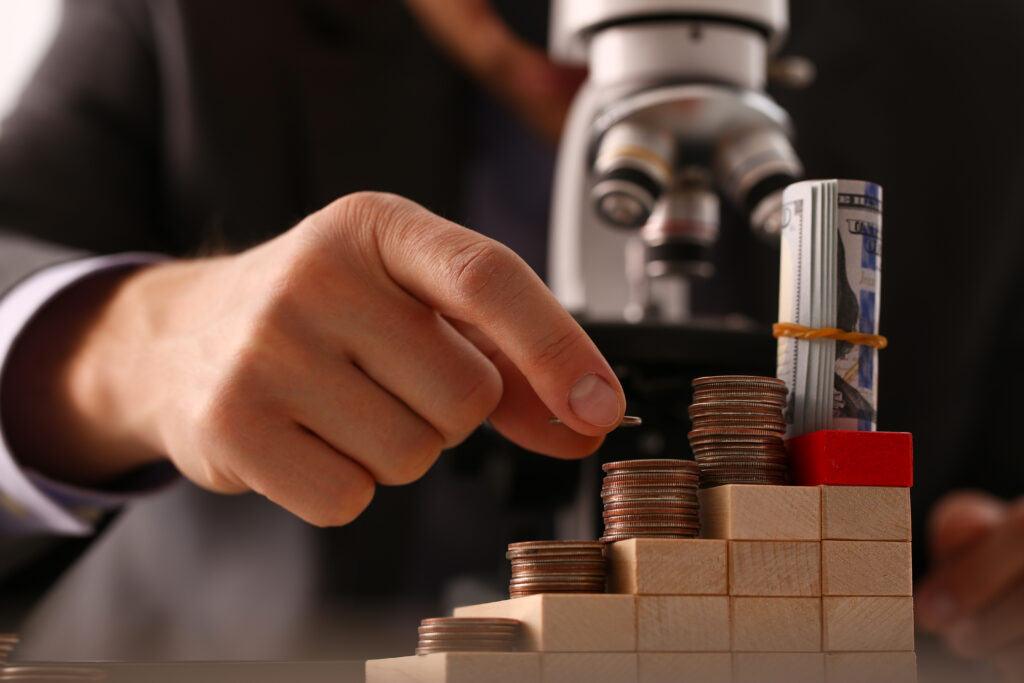Table of Contents
ToggleIn the hustle and bustle of daily life, unexpected emergencies can throw us off track financially.
Whether it’s a medical emergency, car repairs, or sudden unemployment, having a safety net in the form of an emergency fund can provide peace of mind and financial stability.
In this guide, we’ll walk you through the steps to build an emergency fund and address some common questions along the way.
Steps to Build an Emergency Fund
- Set Clear Goals: Start by determining how much you want to save for your emergency fund. A common recommendation is to aim for at least 3 to 6 months’ worth of living expenses. Calculate your monthly expenses, including rent/mortgage, utilities, groceries, and any other necessities.
- Create a Budget: Once you have a target amount in mind, evaluate your current spending habits. Identify areas where you can cut back or save more money to allocate towards your emergency fund. Creating a budget can help you stay on track and prioritize saving.
- Start Small, but Start Now: Building an emergency fund doesn’t happen overnight, and that’s okay. Begin by setting aside a small amount from each paycheck towards your fund. Even if it’s just $20 or $50 a week, every contribution adds up over time.
- Automate Savings: Make saving effortless by setting up automatic transfers from your checking account to your emergency fund. Treat it like any other bill or expense, ensuring that you consistently contribute to your fund without having to think about it.
- Explore High-Yield Savings Accounts: Consider opening a separate savings account specifically for your emergency fund. Look for accounts that offer competitive interest rates to help your money grow faster over time. Online banks often provide higher yields compared to traditional brick-and-mortar banks.
- Avoid Temptation: Resist the urge to dip into your emergency fund for non-emergencies. Keep the purpose of the fund clear in your mind and remind yourself that it’s meant to provide financial security during unexpected circumstances.
- Reevaluate and Adjust: Life circumstances and expenses may change over time, so it’s essential to regularly revisit your emergency fund goals and adjust accordingly. If your living expenses increase or decrease, adjust your savings target accordingly.
- Stay Consistent and Patient: Building a robust emergency fund requires patience and discipline. Stay consistent with your saving habits, even when faced with obstacles or setbacks. Celebrate milestones along the way, such as reaching your first month’s expenses saved, to stay motivated.
Why Build an Emergency Fund?
An emergency fund serves as a financial safety net, providing you with the means to cover unforeseen expenses without resorting to high-interest debt or depleting your savings meant for other goals, such as retirement or vacations.
How to Build a 6-Month Emergency Fund?
Achieving a 6-month emergency fund involves setting clear goals, creating a budget, starting small, automating savings, exploring high-yield savings accounts, avoiding temptation, reevaluating and adjusting as needed, and staying consistent and patient.
Is a 6-Month Emergency Fund Enough?
While a 6-month emergency fund is a common benchmark, the adequacy of your emergency fund depends on your individual circumstances and risk tolerance. Some may feel comfortable with a smaller fund, while others may prefer a larger cushion.
What is the 50 30 20 Rule?
The 50/30/20 rule is a budgeting guideline that suggests allocating 50% of your income to needs, 30% to wants, and 20% to savings and debt repayment.
Adhering to this rule can help ensure that you prioritize saving for your emergency fund while also addressing other financial goals.
Can FD Be Used as an Emergency Fund?
Fixed deposits (FDs) can be a viable option for storing your emergency fund, as they offer relatively low risk and guaranteed returns.
However, consider accessibility and liquidity factors before committing your funds to an FD, as early withdrawal penalties may apply.
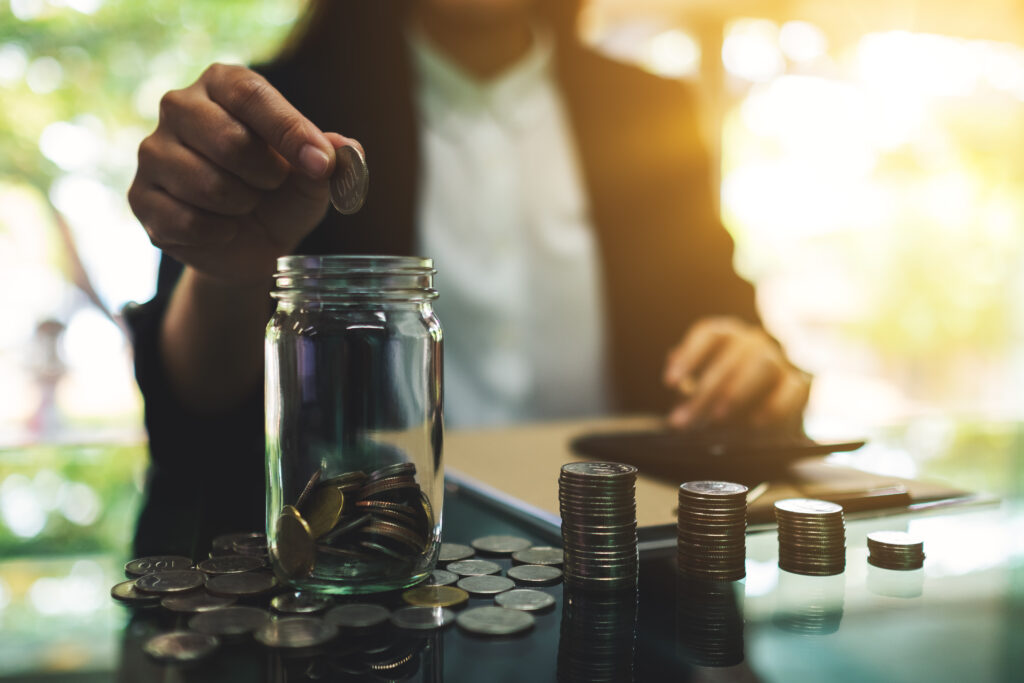
How Much Should Be Your Emergency Fund?
The ideal size of your emergency fund depends on various factors, including your monthly expenses, income stability, and risk tolerance.
Aim to save enough to cover at least 3 to 6 months’ worth of living expenses to provide a sufficient financial buffer.
What Is the Rule of Emergency Fund?
The rule of emergency fund suggests saving enough money to cover essential living expenses for a predetermined period, typically 3 to 6 months.
This fund acts as a financial cushion to protect against unexpected events such as job loss, medical emergencies, or major car repairs.
Where Should I Store My Emergency Fund?
Consider storing your emergency fund in a separate savings account, preferably one with a high-yield interest rate to maximize growth. Online banks often offer competitive rates and easy accessibility, allowing you to withdraw funds quickly in case of an emergency.
Building an emergency fund is a crucial step towards achieving financial stability and peace of mind. By following these simple steps and staying committed to your savings goals, you can prepare yourself for whatever life may throw your way.
Start today and take control of your financial future.
Emergency fund vs. investing. Which is more important?
An emergency fund is more important than investing in the short term. While investing is crucial for long-term financial growth, an emergency fund provides immediate protection against unexpected expenses like medical emergencies or job loss.
Without an emergency fund, you may be forced to liquidate investments or accumulate high-interest debt during emergencies, potentially derailing your financial stability and long-term goals.
By prioritizing an emergency fund first, you establish a financial safety net that allows you to weather unforeseen challenges without compromising your future financial well-being.
Conclusion
Building an emergency fund is a fundamental step towards achieving financial security and peace of mind. By following the simple steps outlined in this guide, you can establish a solid financial cushion to protect against life’s unexpected challenges.
Remember to set clear goals, create a budget, automate savings, and stay consistent in your efforts. Prioritizing your emergency fund over investing ensures you’re prepared for emergencies without compromising your long-term financial goals.
With a well-funded emergency fund in place, you can navigate financial storms with confidence, knowing you have the resources to handle whatever comes your way.
Start building your emergency fund today and take control of your financial future.
Frequently Asked questions (FAQs)
How much should I aim to save in my emergency fund?
The ideal amount to save in your emergency fund varies based on your individual circumstances. A common recommendation is to aim for at least 3 to 6 months’ worth of living expenses.
However, some financial experts suggest saving even more, especially if you have dependents or work in an industry with unstable job prospects.
What qualifies as an emergency when it comes to using funds from my emergency fund?
Emergencies can include unexpected medical expenses, car repairs, home repairs due to damage or maintenance issues, job loss, or any other unforeseen circumstances that require immediate financial attention.
It’s important to distinguish between genuine emergencies and non-essential expenses to avoid depleting your fund unnecessarily.
Should I prioritize paying off debt or building my emergency fund first?
It’s generally recommended to prioritize building an emergency fund, even if you have debt. Having a financial safety net in place can prevent you from relying on high-interest credit cards or loans in the event of an emergency.
Once you have a sufficient emergency fund, you can focus on paying down debt more aggressively.
Can I use investments like stocks or mutual funds for my emergency fund?
While investments offer the potential for higher returns, they also come with greater risk and volatility. It’s advisable to keep your emergency fund in low-risk, easily accessible accounts such as high-yield savings accounts or money market accounts.
These accounts provide liquidity and stability, ensuring that your funds are readily available when needed.
How often should I reassess my emergency fund savings goal?
It’s important to reassess your emergency fund savings goal regularly, especially when significant life changes occur, such as marriage, having children, changing jobs, or buying a home.
Reevaluate your expenses and adjust your savings target accordingly to ensure that your emergency fund remains adequate to meet your needs.
What if I encounter unexpected expenses while building my emergency fund?
Building an emergency fund is a gradual process, and unexpected expenses may arise along the way. If you encounter unexpected expenses, such as medical bills or car repairs, try to cover them using your regular income or savings designated for non-emergency purposes.
If necessary, temporarily pause or adjust your contributions to your emergency fund until you can resume saving consistently.
Should I keep my emergency fund separate from my other savings?
Yes, it’s advisable to keep your emergency fund separate from your other savings accounts to avoid accidentally spending it on non-emergencies.
Having a dedicated account specifically for your emergency fund can also make it easier to track your progress and ensure that the funds are available when needed.
